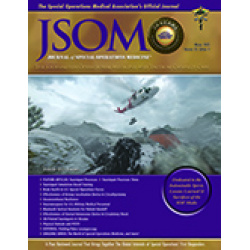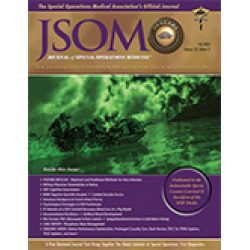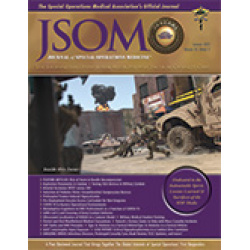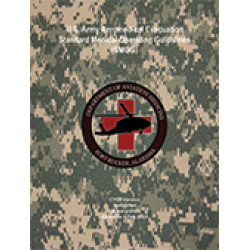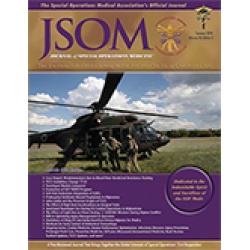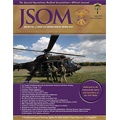The Role of Magnetic Resonance Imaging in Optimizing Injury Management in Air Force Pararescuemen, Combat Rescue Officers, and Survival Specialists
Rush SC, Foresto C, Hewitt CW, Grossman MG, Petersen CD, Gallo I, Staak BP, Rush JT 18(2). 86 - 89 (Journal Article)
Operators perform physically demanding jobs associated with a variety of overuse and acute musculoskeletal injuries. The current management of musculoskeletal complaints in the Air Force includes plane radiographs and 6 weeks of physical therapy (PT) before consideration of orthopedic consultation and magnetic resonance imaging (MRI); however, MRI shows a clear advantage compared with plane radiographs. We conducted a performance improvement project and conclude that (1) MRI allowed for definitive diagnosis as well as definitive triage for care in a timely manner, (2) guidelines for ordering lumbosacral MRIs should be followed and not ordered for pain that is not progressive and severe or not associated with a neurological finding, and (3) because of the risk of X-ray exposure in patients in their 20 and 30s, X-rays should be avoided in this setting unless definitely indicated.


 English
English 